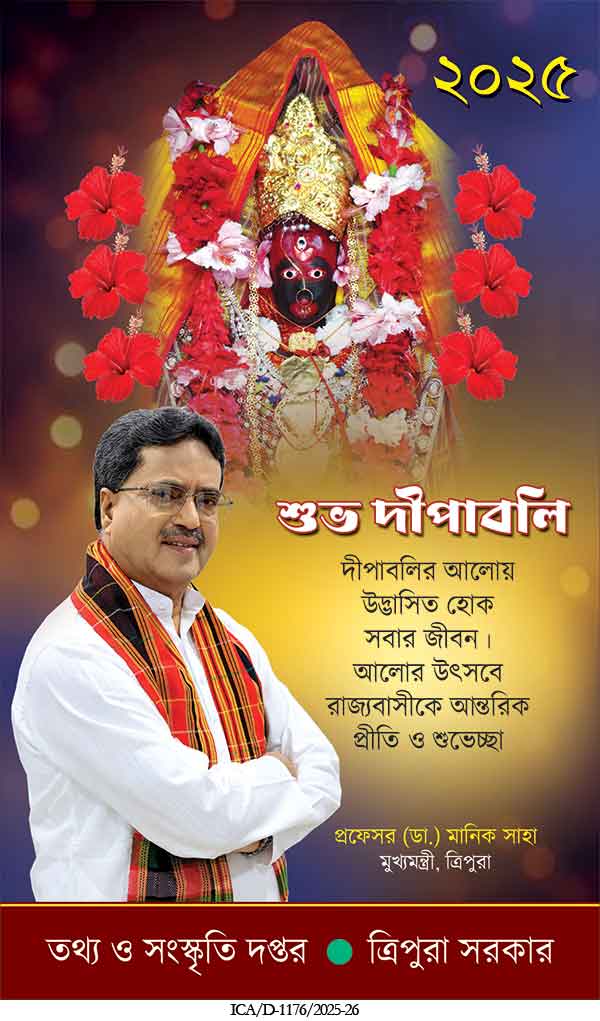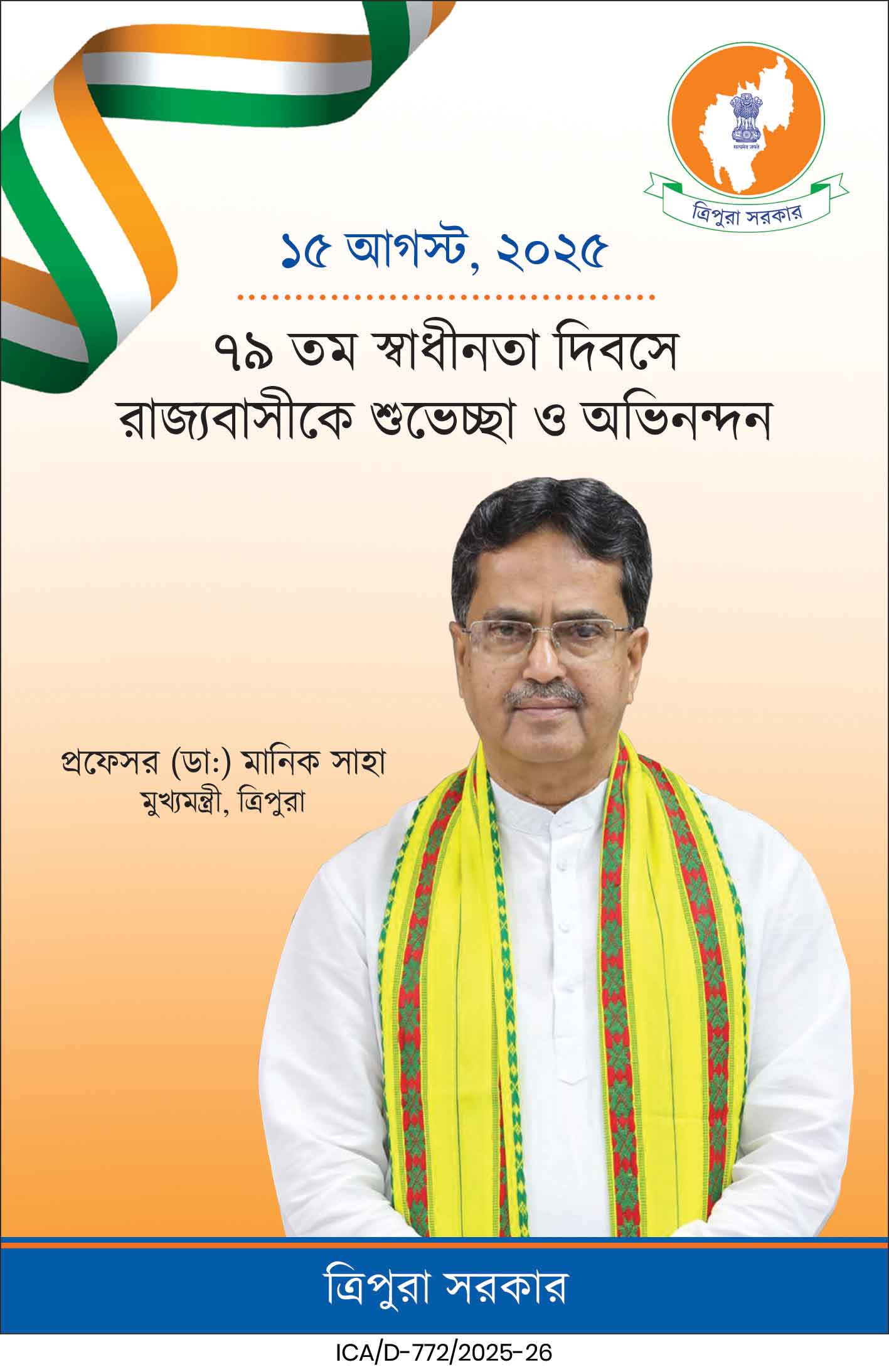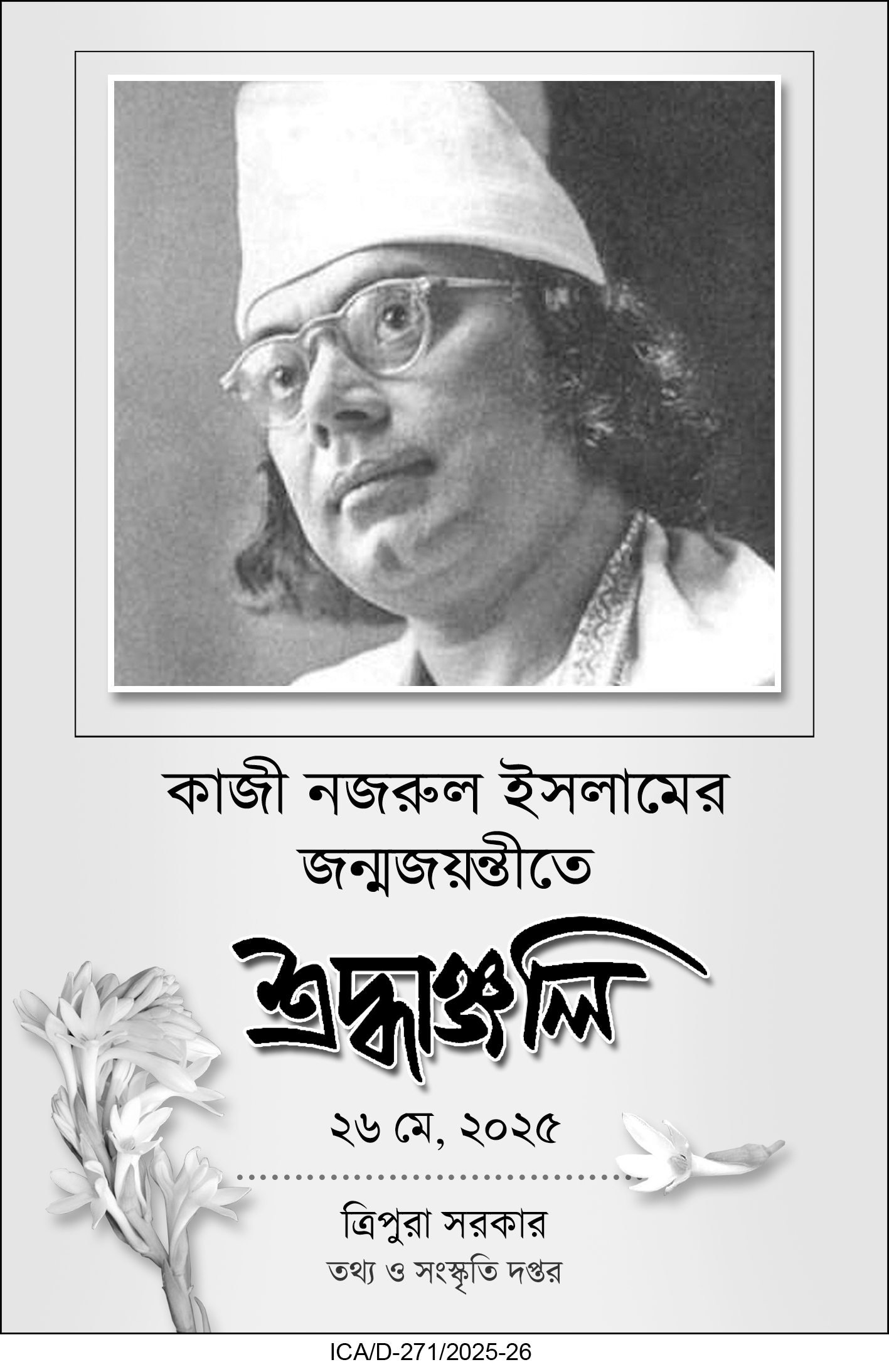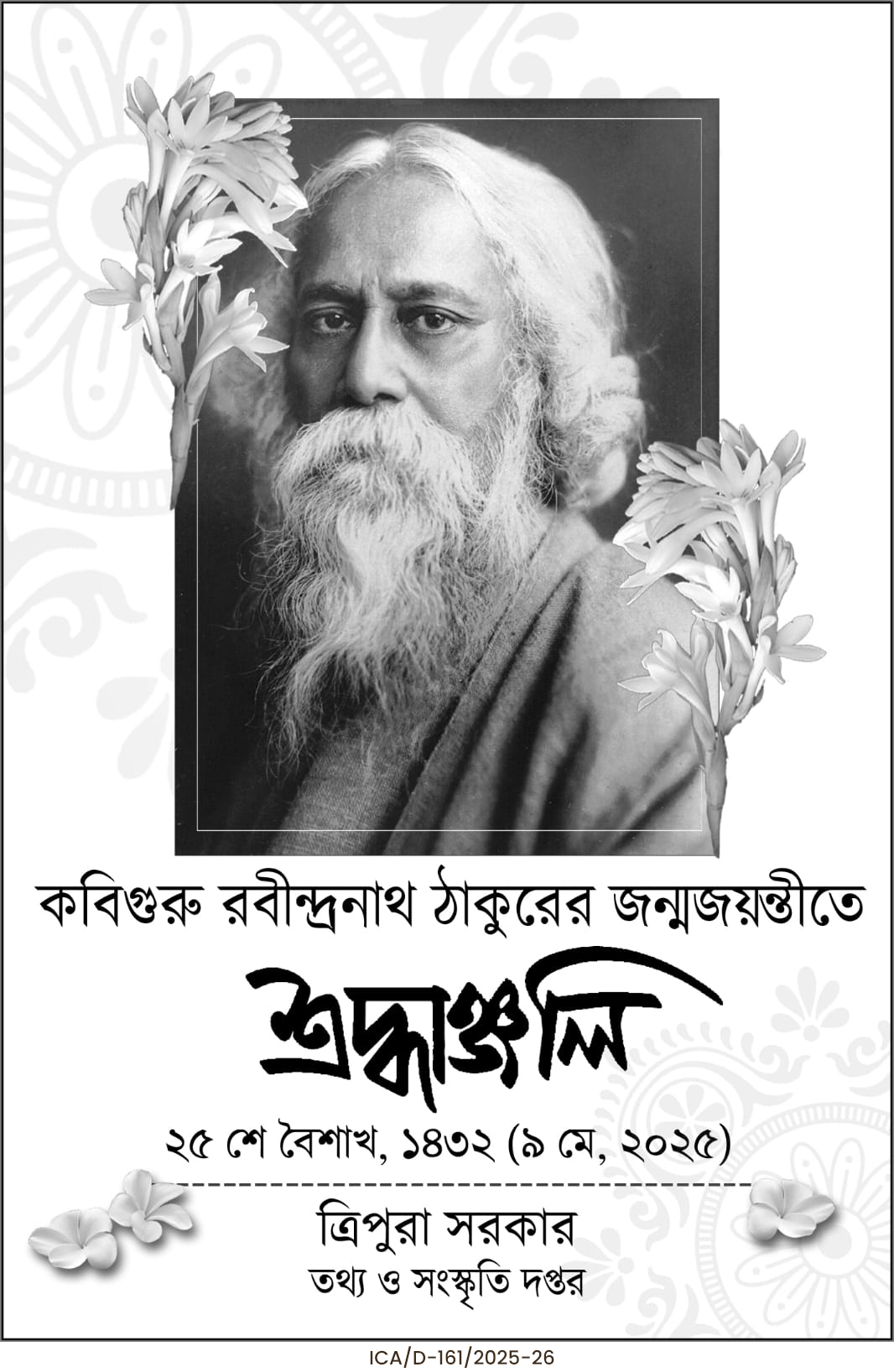
Indian subcontinent was under colonial European(read British) rule for close to two centuries. During this period the colonial forces siphoned enormous wealth out of the then most wealthy region of the world by their colonial cum capitalist mechanism causing misery to our people. But their tyrannical rule never went unchallenged. Mutinies,revolutions demonstrations,agitations and opposition to the colonial rule were always there all over the British Indian subcontinent. Many sacrifices were made,many lives laid down at the altar of freedom. We know of anti colonial movements led by Bengali,Punjabi,Marathi and most other major Indian population. Rarely do we come across a story of such serious movement from people of minor denominations who are termed differently in different places and under different circumstances. They are named Adivashis,scheduled tribes,tribals or minor ethnicities. However,you can not discount their contribution to the anti colonial movements. By nature,they are freedom loving and they always kept on fighting against any foreign aggression to remain secluded and happy with their primitive lifestyle. But there are instances of organised opposition to the British rule apart from the innumerable sporadic fights.
Today we are going to discuss the heroism of such an amazing leading lady of Naga origin. She had been given the title of Daughter of the Hills and the Naga Rani Gaidinliu by none other than Pundit Jawaharlal Nehru when he had a chance to meet the imprisoned revolutionary lady in 1937 in the Shillong prison We may come back to that later.
In the process of their colonial pursuit the British East India Company and later the British crown swallowed up the main productive lands of India first. But the regions of smaller population and difficult terrain like the North Easter territories were not ignored. The colonial powers started spreading to these areas. Ahom and Manipuri Kings were given certain type of independent powers under British sovereignty. Some other areas like Naga hills,Kachar hills, Mizo hills,etc were put under direct British rules under appointed British commissioners. The British authorities tried to promulgate their rules,taxes and business systems which were not at all acceptable to the Nagas. Moreover,the authorities were out and out in favour of conversation of these hill people to Christianity. This ,in turn,put the Nagas against Kukis and Mizos who already have accepted different denominations of Christianity. Even the age old Manipuri Vaishnavism was also under the scanner of the Nagas.
In 1905 Haipou Jadonang was born in a Rongmei Naga family. His family was influential in that area of Manipur where he was born. The area was under Naga domination. He grew up to be a very spirited self respecting youngman who was very concious about his people and their fate and future. He thought,with the advent of Christianity and Vaishnavism their minor populations faith and existence will be in danger. They will simply go extinct. He thought beauty lies in Unity in diversity. All minor entities and ethnicities have their right to exist with their distinctive culture,custom,language and literature. He started preaching Heraka, their age old animist faith. He became a spiritual leader of Zeliangrong Nagas,a group of several sects of Naga people close to each other having very little differences. This obviously made the other people of the area antagonistic,since they were already cooperating with the British powers and were getting financially and otherwise benefitted. Spread of Christianity was also at a stake. Eventually the Heraka movement of Jadonang became a political movement too apart from it’s spiritual aspect. At a very young age Jadonang became a hero to the Nagas of Tamenlang area of Manipur. His cousin,Gaidinliu who was born in 1915 was a spirited girl too. She was an ardent follower of her brother and actively joined Heraka movement at a very young age of 13 years only. Once she joined,she was immediately drafted into a spearheading role of the spiritual cum political Heraka movement which intended to do away with the British oppressive rule. The Naga clans of Heraka movement planned and acted to drive the Brits away from parts of Manipur and adjacent Nagaland and Assam where they inhabited. Led by Jadonang the movement gained momentum and Gaidinliu was becoming a driving force of the movement. They encouraged the Naga population not to pay any tax to the British authorities and drove away British cronies who were locals engaged in business and money lending,bringing cash to British treasury. Consequently they came at daggers drawn with the authorities and armed struggles followed. The Nagas saw various successes in small skirmishes. Finally in 1931 Jadonang the leader was apprehended and summarily executed under concocted charges of killing some Manipuri traders. Automatically the leadership came to Gaidinliu the confidante of the supreme Heraka leader Jadonang. Being the apparent heir she took up the challenge and kept the movement alive. At the adolescent age of 16 she was the leader and was regarded amongst the Nagas as the incarnation of the goddess Cherachamlandin.She led her people in several battles and was reportedly building a wooden fort. By then the British came down on this movement with full brut force. Gaidinliu was arrested and was given the verdict of life imprisonment. She spent her jail life at different places being transferred from Imphal to Shillong to Tura et al. Meantime,her bravery and anti British colonial spirit became well known. In the 1930s the British were under heavy pressure of political agitations as well as armed struggle for leaving India. At the same time the WW2 was also knocking at the door. So,they started negotiating with Indian politicians and limited power was shared with the local political parties. In 1937 Pundit Nehru met the brave Naga lady freedom fighter in Shillong jail. He hailed her as the Daughter of the Hills and called her Rani Gaidinliu. Since then she has become the Naga Rani.Nehru promised her to work for her release from the clutches of British jail which happened only during India’s Independence from the British rule.
After Independence too she followed her earlier path of Naga nationalism and was vehemently opposed to conversion of the Naga tribes from their original Animistic faith. However she was against the politics of M NC that professed secession from India. She rather was a proponent of a special Zeliangrong Administrative Unit for the Nagas within the Indian Union. Thus she became an enemy of both the MNC and the proponents of Christianity amongst the Nagas. For her safety she had to remain underground from 1960. Those times were volatile as pro secession movement in the area were very strong. It took several years and in 1963 Nagaland was recognised and organised as a separate state of India having defined autonomy. The insurgency gradually reduced
By 1966 she came back to normal life in the open and remained as a leading social and political figure in Manipur and Nagaland. She had always been regarded highly as a leading Freedom Fighter against the British rule imbibed by patriotism. Unfortunately in her childhood she could not get any formal education due to lack of educational facilities in the area. Nevertheless she was self educated and a worthy leader of her people.
She had been honoured by the Government of India as a freedom fighter with the following honours:
Tamra Patra
Vivekananda Seva Award
Padma Bhusan
Birsa Munda Award(Posthumous).
Indian Government has also released commemorative stamp and coin in her honour.
Rani Gaidinliu remains one of the most celebrated freedom fighters out of the minor ethnicities of India. Our salute to this great Freedom Fighter of India from the British oppressive rule.





